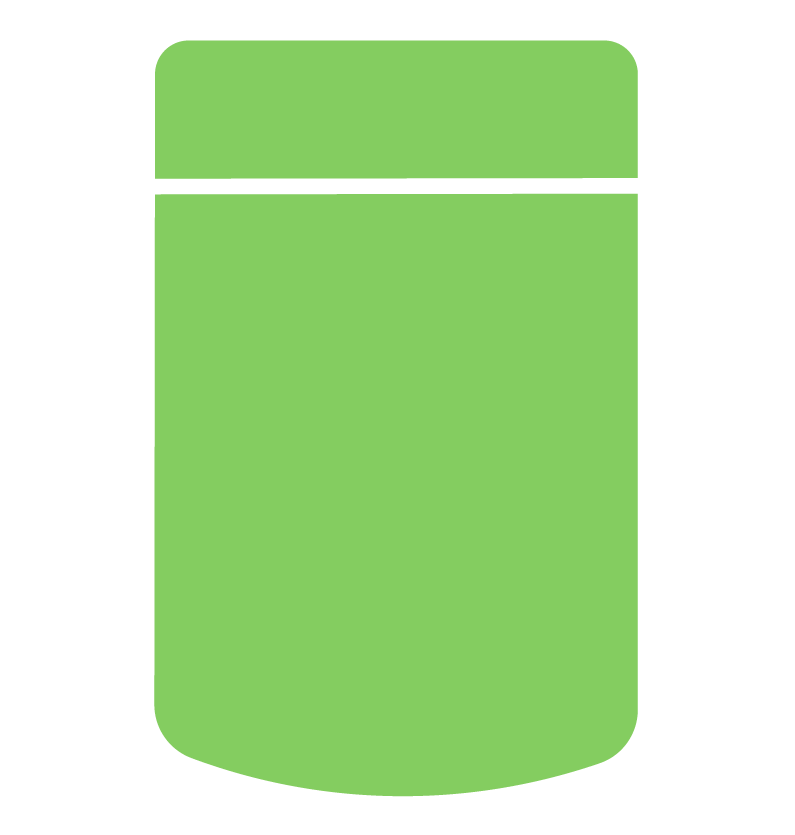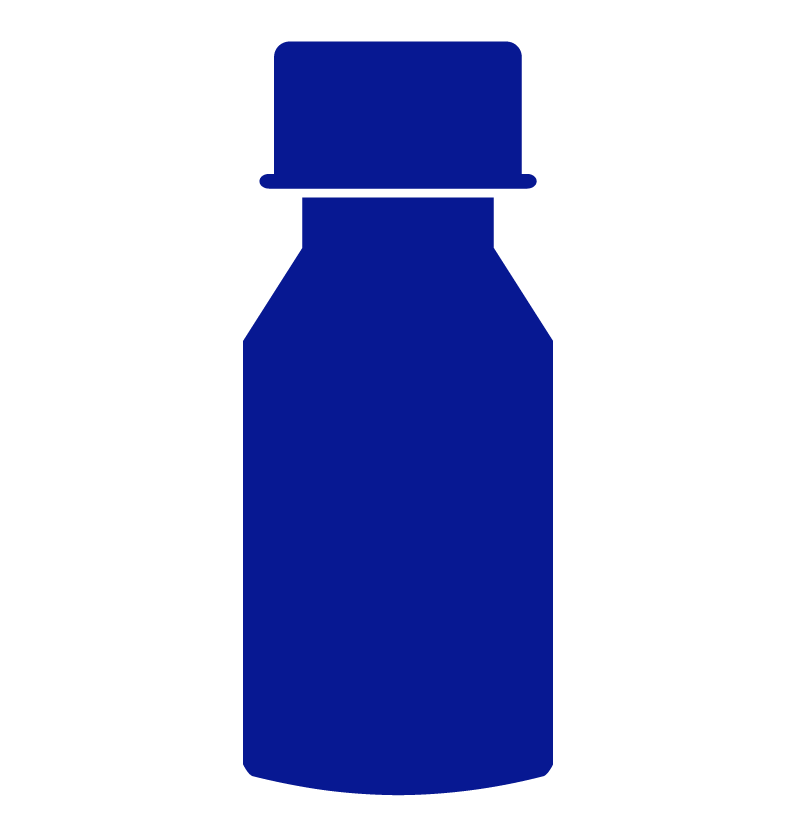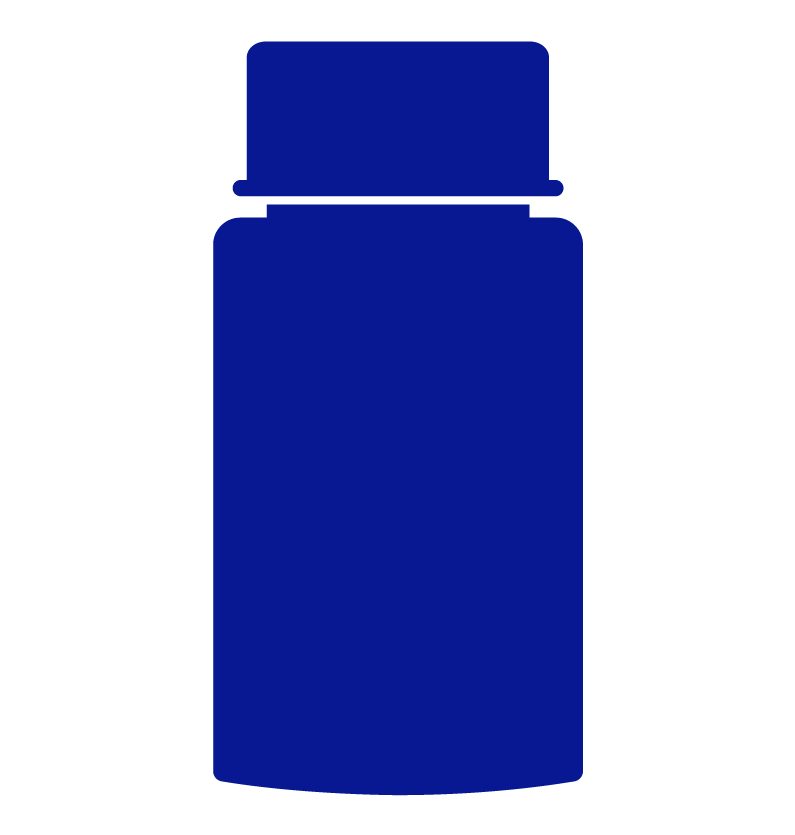Simply sign in to your account and you’ll find your annual spend in the black box at the bottom of your screen. Included in that box is also your monthly cycle amount and refresh date.
Additionally, your total annual spend is listed on the Order History page within your account profile, which also includes a summary of orders and a list of your previous purchases.
Starseed is a “one-stop-shop” for all medical cannabis products. Whether your treatment plan requires dried cultivars, cannabis oil, vapes, softgels, soft chews, topicals or transdermal patches, we have you covered!
Learn more about the cannabis formats we offer on our Product Guide.
View our full product offering in our online store by clicking here.
The purported attributes of Indica-dominant strains are that they tend to be sedative, and thus are frequently found to provide feelings of deep relaxation. Physically, the plant has shorter and broader leaves.
On the other hand, sativa-dominant strains are frequently regarded as being more stimulating, energizing and uplifting, and have been found to increase focus as well as encourage creativity and promote alertness. The leaves of the sativa strains are longer and thinner.
Due to centuries of cross-breeding, it is now extremely rare to find a purely Indica or Sativa strain. In fact, almost all cannabis plants are hybrids. Evidence-based, peer-reviewed studies using chromatography analysis has patently debunked the pop-culture myths of differing effects associated with these two respective ancestral strains; by all estimates, this is purely anecdotal. The only way to properly classify cannabis plants for therapeutic benefit, is by their percentage content of various clinically active cannabinoids, typically THC and CBD.
Cannabinoids are a a group of compounds which act on the body’s cannabinoid receptors. ‘Endocannabinoids’ are the cannabinoids we produce in our bodies, and they are part of the ‘endocannabinoid system’. The human body produces a number of endocannabinoids, and they are intimately involved in regulating many of the body’s most important functions, including pain, mood, inflammation, sleep/wake cycle, memory consolidation – just to mention a few. ‘Phytocannabinoids’ are cannabinoids derived from plants – the cannabis plants are the active compounds found within the cannabis plant. Over 100 cannabinoid compounds have been isolated within the cannabis plant. The two most commonly discussed cannabinoids are THC and CBD.
Cannabinoids are the active compounds found within the cannabis plant. The two most commonly discussed cannabinoids are THC and CBD, since they are found in relatively high concentrations in the plant.
THC (delta-9-tetrahydrocannabinol) is the main active ingredient in the cannabis plant which produces the psychoactive effects of cannabis. THC is also one of the main compounds, with therapeutic effects of THC include analgesia (including neuropathic pain), muscle relaxation, anti-inflammatory, anti-spasmodic, antiemetic, appetite stimulant, anxiolytic (anti-anxiety), antidepressant and sedative effects. (Russo et al, 2005), (Russo, 2011,) (Abrams et al, 2015).
CBD (Cannabidiol) is the second most prominent compound within cannabis. CBD is a clinically active, but not psychoactive,or generally sedative cannabinoid. Scientific publications on CBD suggest a wide range of possible therapeutic effects including analgesia, anti-inflammatory, antioxidant, neuroprotective, anxiolytic (anti-anxiety), anti-psychotic and anti-seizure effects (Izzo et al, 2009; and Zuardi, 2008).
Generally, yes.
Medical cannabis has a wide variety of recognized therapeutic uses, and when consumed responsibly, can be a safe, effective and natural way to manage a variety of symptoms. If you believe that medical cannabis may be beneficial in treating your symptoms, it is recommended that you consult with your Health Care Practitioner, or contact us for more information.
http://www.hc-sc.gc.ca/dhp-mps/alt_formats/pdf/marihuana/info/cons-eng.pdf
Medical cannabis is not necessarily a viable treatment option for everyone. Medicinal cannabis is not recommended for patients with severe cardio-pulmonary diseases, or those with a personal history of some psychiatric disorders, or a familial history of schizophrenia. In addition, cannabis should be utilized with caution in patients who are under the age of 18, as there is evidence to support that heavy use in teens and young adults can impede neurological development, and, in cases, precipitate onset of mental illness in those with a predisposition.
Terpenoids are phytotherapeutic agents present within cannabis which are responsible for the flavour and fragrance of the plant. We have also more recently learned that terpenoids display unique therapeutic effects that may contribute meaningfully to the ‘entourage effects’ of cannabis-based medicine (Russo, 2011).
General clinical considerations and “how-to-use” videos are included on our Product Guide page. We recommend speaking to a health care professional to discuss how to use medical cannabis specific to your Treatment Plan.







